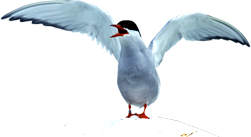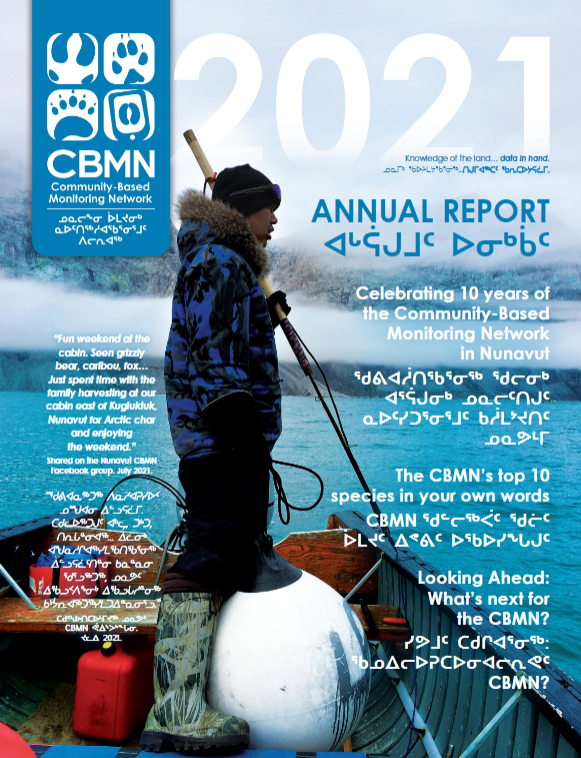The Community-based Monitoring Network relies upon harvesters, recognized by their respective communities as highly skilled and accomplished hunters, to record wildlife observations and harvests. The intent of the Community-based Monitoring Network is to help compile information that is needed to address concerns affecting wildlife management, conservation, and Inuit harvesting rights and to obtain Inuit Qaujimajatuqangit (IQ) information in a format that can communicate with scientific modelling.
Participating harvesters are trained to use specially designed hand-held computers (MESAs) to record wildlife sightings, harvests, and other environmental observations while on the land. When harvesters return from the land, trained data clerks in each of the communities transfer the information contained in the hand-held computers into a database.
Objectives
- To improve the information available for use by the Nunavut Wildlife Management Board and its co-management partners in establishing, modifying, and/or removing total allowable harvests, and non-quota limitations, and for assisting with decisions regarding the approval of management plans and the approval of the proposed listing of species under the federal Species at Risk Act;
- To acquire data, and Inuit and local ecological knowledge, for use in identifying management zones, areas of high biological productivity, and critical harvesting areas, documenting species abundance and movement patterns, setting wildlife research and management priorities, and directing further research efforts;
- To maintain a progressive, up-to-date management system which takes into account emerging issues, concepts and principles in wildlife management; and
- To maximize the benefits for the community in achieving these objectives.
Benefits to Nunavut Communities
- Recording the locations of harvests and wildlife observations could identify critical harvesting areas and important habitats;
- Provides a way of collecting local ecological knowledge concerning species movements, abundance, habitat use, and other ecological or environmental considerations;
- Will improve our understanding of key conservation concerns from the communities, which will provide the communities with a greater role in management of their diverse hunting areas;
- Will provide insight concerning species of importance that are not actively managed at present (e.g. ringed seals);
- May result in the identification of areas that require more in-depth research, and will incorporate community input in prioritizing these issues;
- Will provide data that could be used to address issues regarding harvesting rights, land-use, and development; and
- Could assist in compensation claims (e.g. would provide proof of potential loss of harvesting income resulting from proposed shipping routes, mining development activities etc.).
Nunavut Wildlife Management Board call for applications from interested communities to participate in the Community-Based Monitoring Networks
pdf 2024-07-16_NWMB to RWOs HTOs re CBMN Expression of Interest (Inuktitut)(415 KB)
pdf 2024-07-16_NWMB to RWOs HTOs re CBMN Expression of Interest (English)(388 KB)
NWMB Community-Based Monitoring Network 10-Year Annual Review



